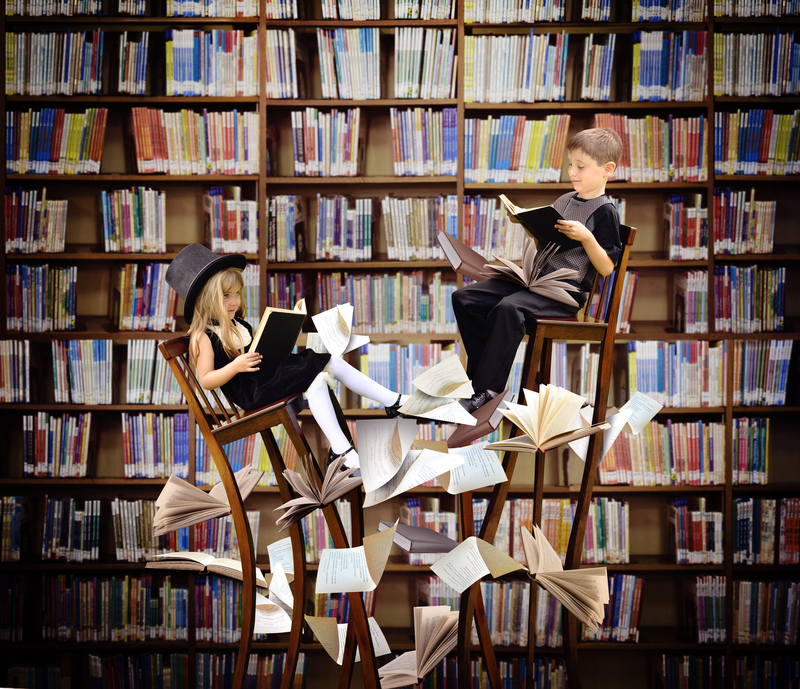Dr Shafquat Towheed discusses Edward Lear's The Book of Nonsense.
The first edition of Lear’s first collection of nonsense verse, The Book of Nonsense, was printed in a very unusual way using a technique called lithography which was normally used to reproduce art works. This technique was expensive but it allowed Lear to have his pictures and poems printed together as a single, integrated design. It also ensured that his illustrations were reproduced to a high standard. William Blake had experimented with different techniques to achieve the same ends at the start of the nineteenth century. Blake’s poetry, however, was obscure and he was only ever able to produce small numbers of copies. Lear’s poetry, in contrast, was created for children and new technologies meant that his book could be manufactured on a scale that meant that, even though it was still costly, it could reach a wide readership.
We now expect to find illustrations in children’s books. Indeed, some illustrators have become as well known as the authors they work with. This was not the case in 1846 when Edward Lear first published The Book of Nonsense. It was very different to other children’s books produced at the same time which had lots more text and far fewer images. We might think that the changes Lear helped to initiate were driven by shifting tastes or by new ideas about what books for children should look like. This is partly true. But Lear was also taking advantage of an innovative printing technology. Older methods of production made it prohibitively expensive to include many illustrations and almost impossible to integrate text and image in the way The Book of Nonsense does. New technologies allowed authors and publishers to experiment with unusual formats which helped to change readers’ expectations of what a book should look like.
More about Edward Lear's Nonsense Songs
Reading in and out of the nursery: Learn how Victorian children would have enjoyed an expensive book like Edward Lear's collections of nonsense verse.
Learn some nonsense by heart: Go on an adventure to find a nonsense alphabet of animals and learn some nonsense by heart.
The Secret Life of Books: Find out more about the other books in the series.







Rate and Review
Rate this video
Review this video
Log into OpenLearn to leave reviews and join in the conversation.
Video reviews